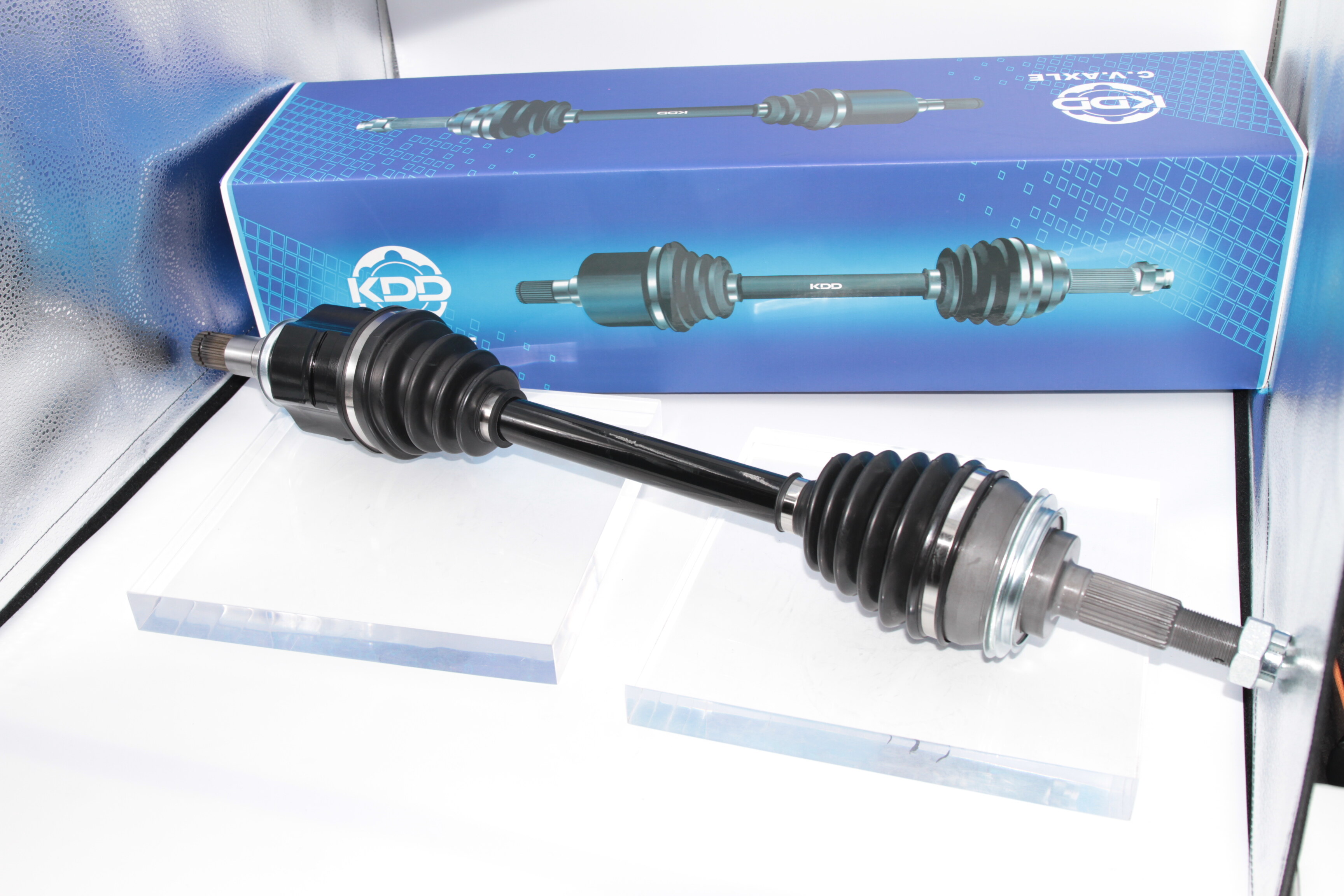Email format error
Email cannot be empty
Email already exists
6-20 characters(letters plus numbers only)
The password is inconsistent
Email format error
Email cannot be empty
Email does not exist
6-20 characters(letters plus numbers only)
The password is inconsistent


Differences in the Function of Drive Shafts in Four-Wheel Drive and Front-Wheel Drive Vehicles
Introduction
The drive shaft is a crucial component in a vehicle’s powertrain system, responsible for transmitting power from the engine to the wheels. However, the function and design of drive shafts differ between four-wheel-drive (4WD) and front-wheel-drive (FWD) vehicles. In this blog post, we will explore the key differences in the function of drive shafts in these two types of vehicles.
Power Distribution
In a 4WD vehicle, the drive shafts play a vital role in distributing power to all four wheels. These vehicles typically have two drive shafts, one for the front wheels and one for the rear wheels. The drive shafts transfer power from the transmission or transfer case to the front and rear differentials, which then distribute power to the respective wheels.
On the other hand, FWD vehicles primarily rely on the front wheels for both power delivery and steering. In this configuration, the drive shafts transmit power from the transmission to the front wheels only. The rear wheels are not powered by the engine and are responsible solely for vehicle stability and braking.
Design and Layout
The design and layout of drive shafts differ significantly between 4WD and FWD vehicles. In 4WD vehicles, the drive shafts are typically longer and more complex due to the need to transmit power to both the front and rear wheels. They often consist of multiple sections with universal joints or constant velocity (CV) joints to accommodate the suspension movement and allow for smooth power transfer.
In contrast, FWD vehicles have shorter drive shafts since they only need to transmit power to the front wheels. The drive shafts in FWD vehicles are usually simpler in design and may consist of a single solid shaft or a combination of solid and flexible sections.
Traction and Performance
One of the primary advantages of 4WD vehicles is their superior traction and off-road capabilities. The drive shafts in these vehicles ensure that power is distributed to all four wheels, allowing for better grip and traction on challenging terrain. This feature is particularly useful in off-road driving, snowy conditions, or towing heavy loads.
FWD vehicles, on the other hand, prioritise fuel efficiency and maneuverability. By placing the engine weight over the driven wheels, FWD vehicles offer better traction in slippery conditions compared to rear-wheel-drive (RWD) vehicles. The drive shafts in FWD vehicles are designed to optimise power delivery to the front wheels, enhancing the vehicle’s handling and stability.
Maintenance and Repairs
Due to their more complex design and additional components, the drive shafts in 4WD vehicles may require more frequent maintenance and repairs compared to FWD vehicles. The universal joints, or CV joints, in 4WD drive shafts are subject to wear and tear, especially in off-road conditions. Regular inspection, lubrication, and replacement of these joints are necessary to ensure optimal performance and prevent drivetrain issues.
In FWD vehicles, the drive shafts are generally more durable and require less maintenance. However, they can still experience wear and tear over time, particularly in high-mileage vehicles. Regular inspections and maintenance of the drive shafts, including checking for any signs of damage or excessive play, are essential to ensuring their longevity and reliability.
Conclusion
In summary, the function of drive shafts in 4WD and FWD vehicles differs significantly. 4WD drive shafts distribute power to all four wheels, providing superior traction and off-road capabilities. On the other hand, FWD drive shafts transmit power to the front wheels only, prioritising fuel efficiency and maneuverability. Understanding these differences is crucial for vehicle owners and enthusiasts to appreciate the unique characteristics and performance of each drivetrain configuration.

